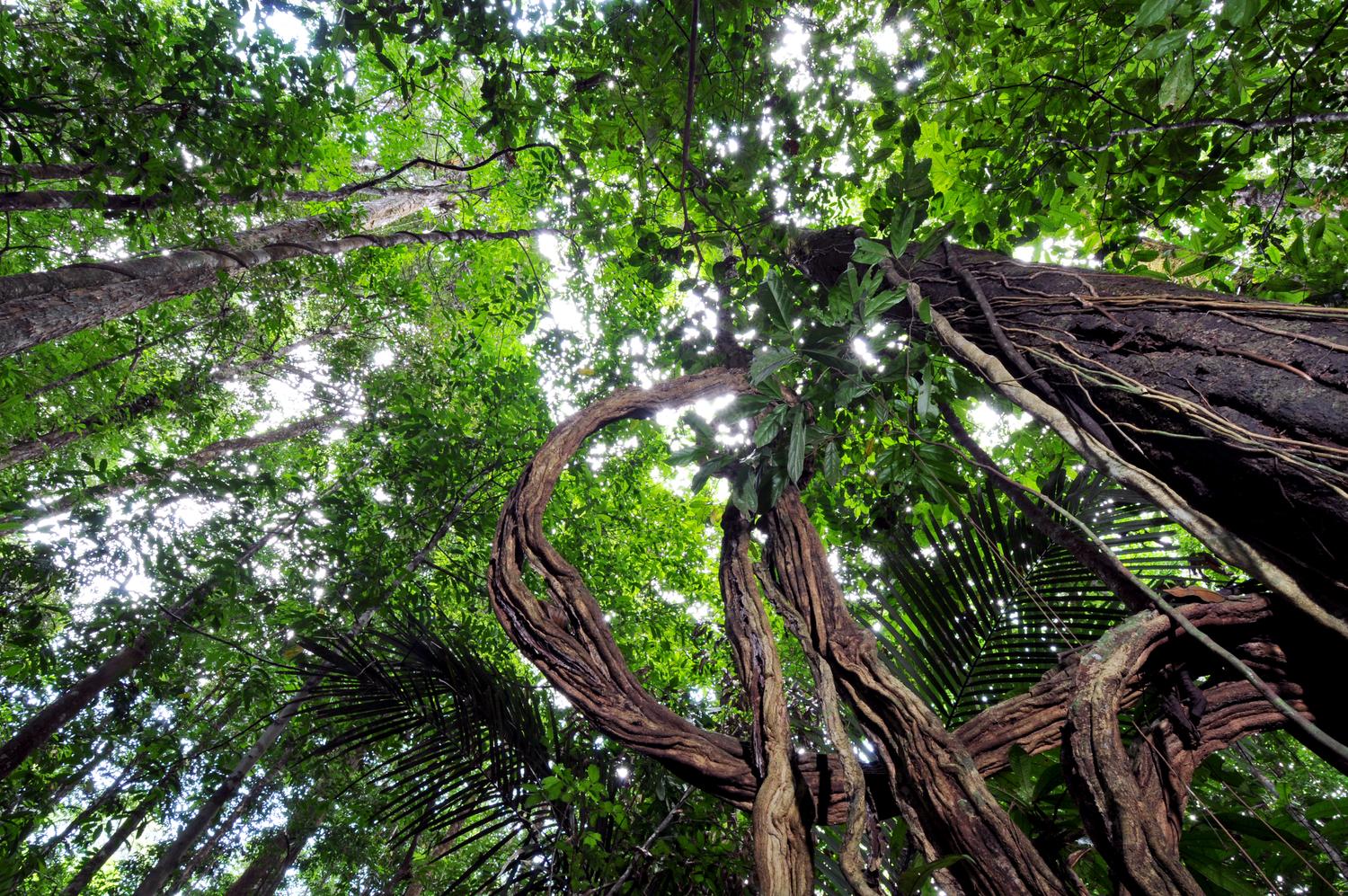
REPORT: A Restoration Guide for Tropical Forests
To meet the global commitments and potential of restoration, innovative and cost effective solutions are urgently needed. Applied nucleation (AN) is a technique that integrates tree planting and natural succession to restore and regrow forests. Trees are planted in clusters, rather than over the whole site, thereby reducing costs and labor. Applied nucleation enhances natural forest recovery and relies on animal species to disperse native trees, which can create forests with high native biodiversity. It holds great potential for restoring forests at scale across the tropics and subtropics.

Despite its promise, AN has not been widely implemented. Politicians, donors and practitioners are often not aware of the practice, few large-scale examples have been documented, and to date little guidance exists to implement it. There are also social challenges to its adoption: young recovering habitats, especially those under AN, are often seen as ‘wastelands’. Educating both local communities and national/international policy makers about the process of AN is critical for success. Conservation International worked with top researchers that have been developing this innovative technique, including Karen Holl, Leighton Reid, Leland Werden, and Rakan Zahawi, to create these guides. Sarah Jane Wilson led the guide production to provide practical guidance for where to use AN, AN design and planning, implementation, and maintaining/monitoring restored AN sites.

Resources
Full report also available en español (13MB), français (20MB) and português (11MB)